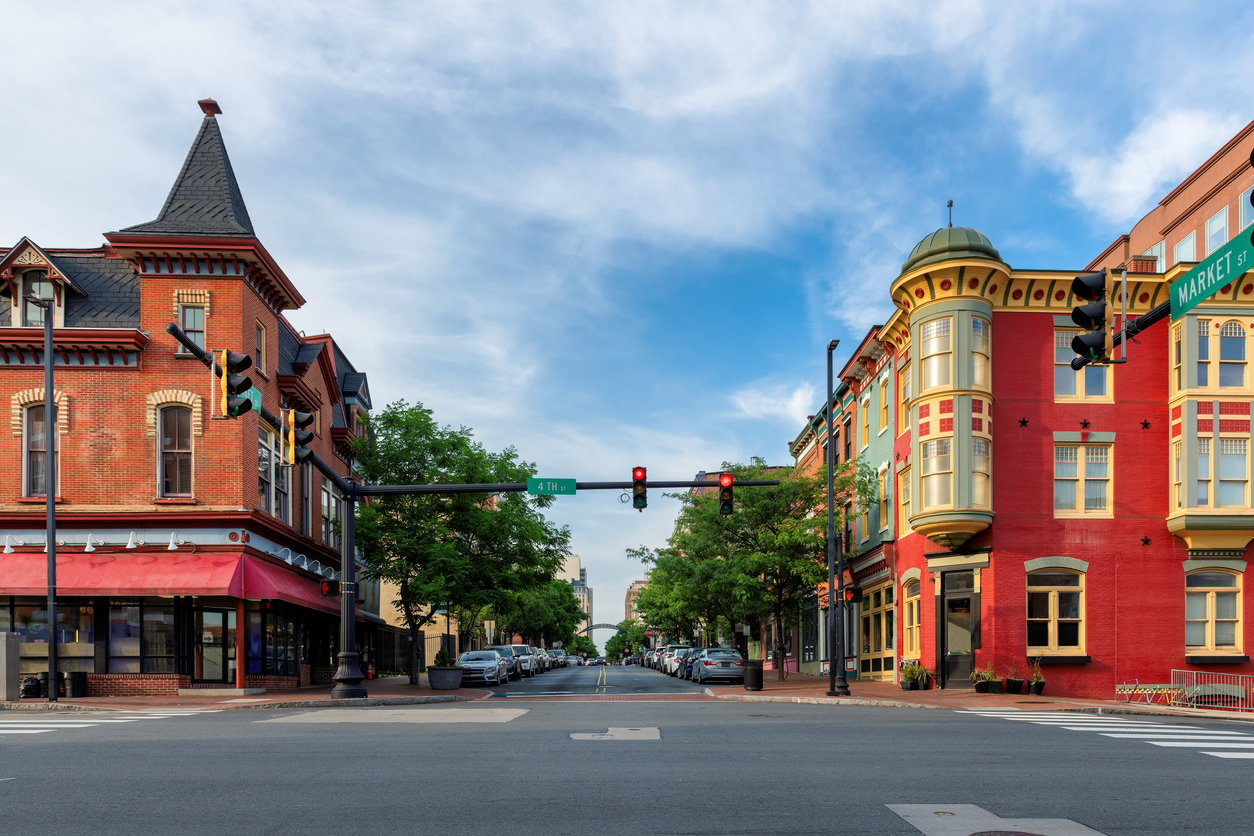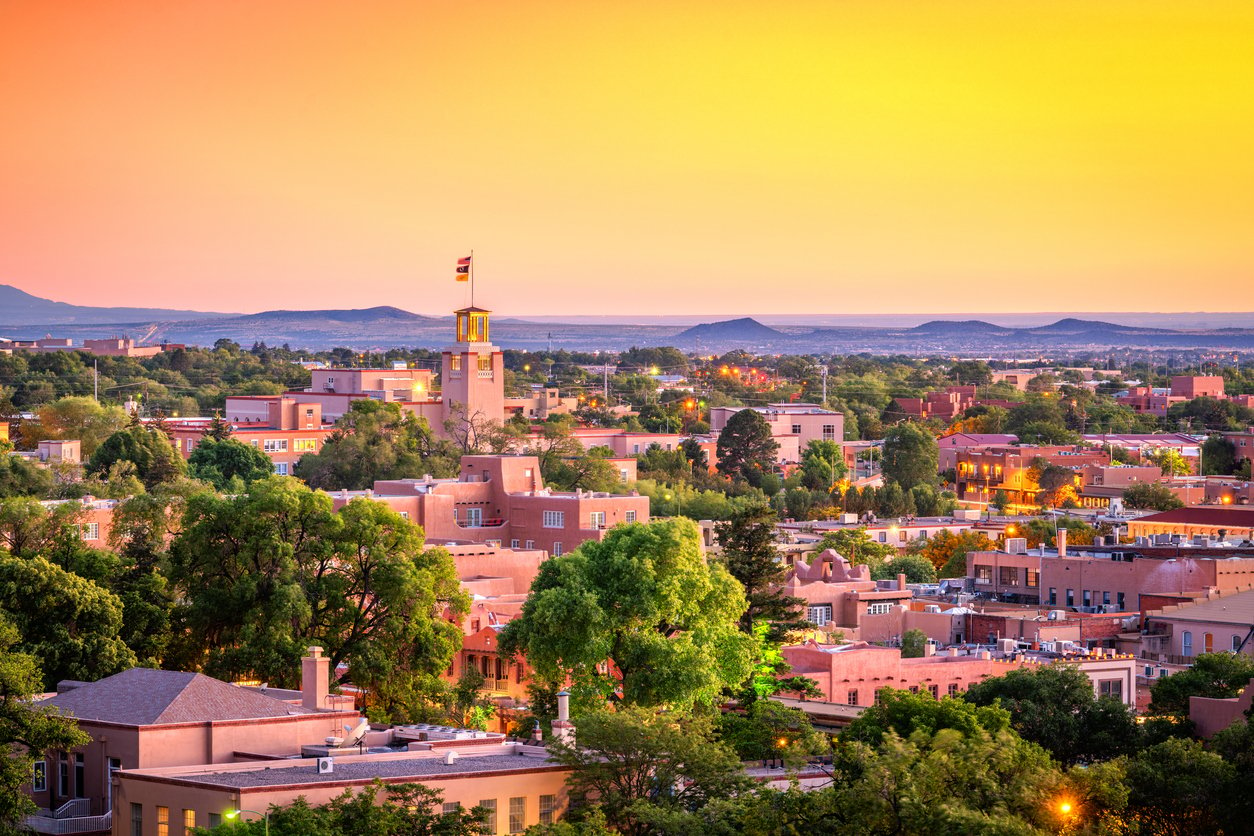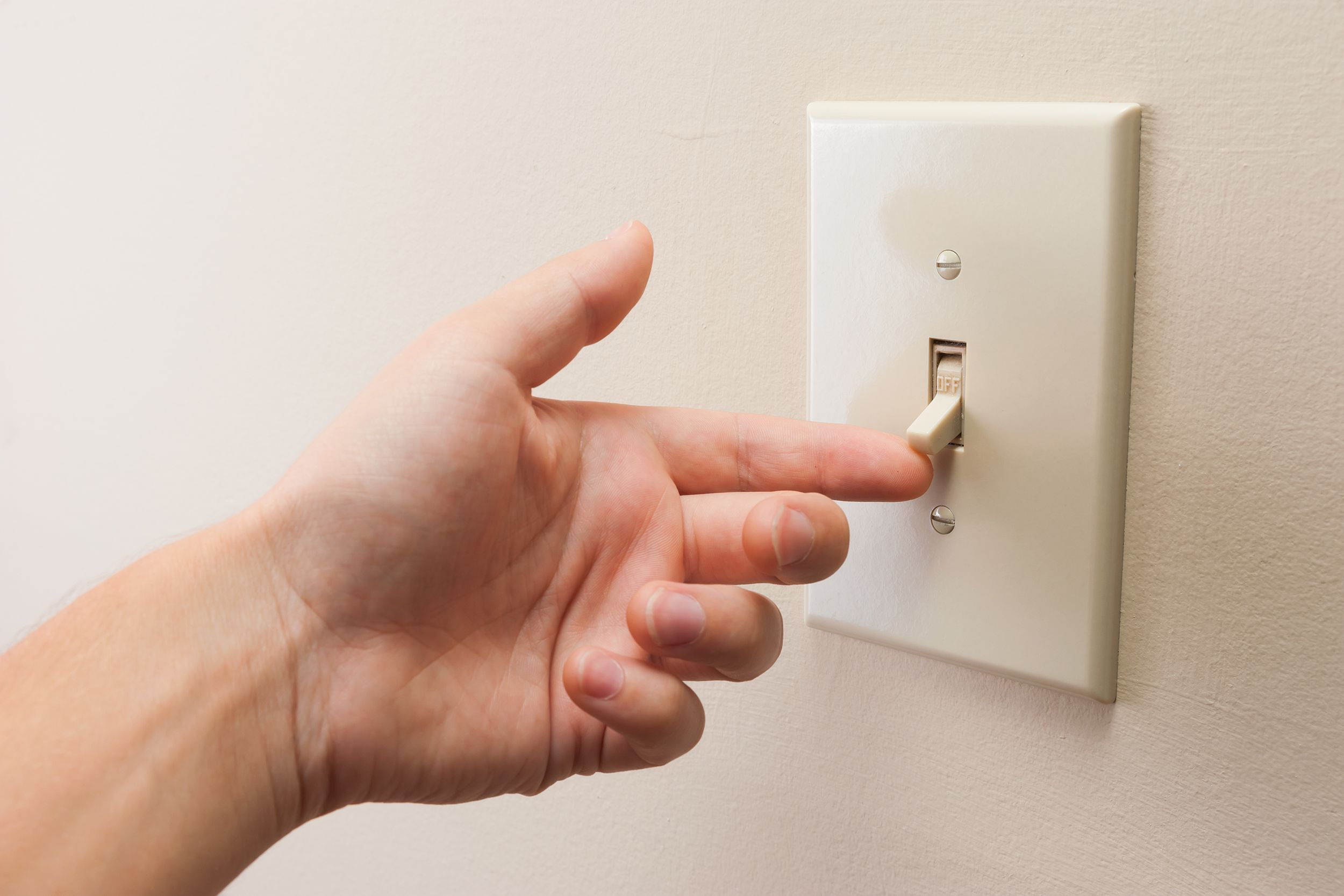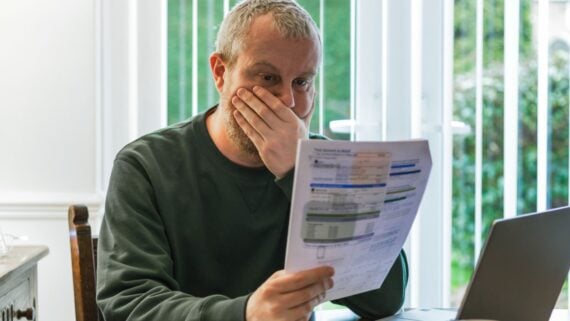There’s nothing in our lives that isn’t getting more and more expensive every day, but one of the most unavoidable is power. The amount of electricity we consume can make an enormous dent in our budget, thanks to soaring electric bills. How much do we spend as a country? Utility Rates put together a report detailing electricity usage to find just that. Here are the 10 states with the highest electric bills, as well as each state’s average consumption (in kilowatt hours) and price for May 2025.
1. Alabama

Average consumption (May 2025): 1151.48 kWh
Average price (May 2025): 16.09 cents per kWh
Spending increase over 5 years: 60.97 percent
Sixty-one percent is a devastating price increase, and Alabama is feeling it the most, paying the most of all. In 2020, Alabama’s price per kilowatt hour was only about 12 cents.
2. Maine

Average consumption (May 2025): 535.87 kWh
Average price (May 2025): 27.91 cents per kWh
Spending increase over 5 years: 21.70 percent
There’s no piece of data in this report that says why people are using so much energy, so who’s to say this isn’t just a bunch of people reading all of Stephen King’s Maine-based stories and refusing to go to sleep with the lights off?
3. North Carolina

Average consumption (May 2025): 1023.27 kWh
Average price (May 2025): 14.26 cents per kWh
Spending increase over 5 years: 31.28 percent
North Carolina’s spending has increased by more than 30 percent over the last five years, surpassing Maine’s increase despite a lower kilowatt-hour cost. A three-cent rise over five years really adds up.
4. Delaware

Average consumption (May 2025): 980.57 kWh
Average price (May 2025): 18.12 cents per kWh
Spending increase over 5 years: 25.57 percent
5. Georgia

Average consumption (May 2025): 996.71 kWh
Average price (May 2025): 15.00 cents per kWh
Spending increase over 5 years: 1.36 percent
Trending on Cheapism
6. Kentucky

Average consumption (May 2025): 997.51 kWh
Average price (May 2025): 14.08 cents per kWh
Spending increase over 5 years: 34.08 percent
7. Massachusetts

Average consumption (May 2025): 489.46 kWh
Average price (May 2025): 28.72 cents per kWh
Spending increase over 5 years: 30.45 percent
8. New Mexico

Average consumption (May 2025): 1090.42 kWh
Average price (May 2025): 14.59 cents per kWh
Spending increase over 5 years: 38.76 percent
Sign up for our newsletter
9. West Virginia

Average consumption (May 2025): 933.90 kWh
Average price (May 2025): 16.18 cents per kWh
Spending increase over 5 years: 22.53 percent
10. Virginia

Average consumption (May 2025): 908.64 kWh
Average price (May 2025): 15.41 cents per kWh
Spending increase over 5 years: 18.22 percent
Despite remaining under 1,000 kWh, Virginia has still seen spending increase by almost 20 percent. A common theme here seems to lie in the eastern half of the United States, where all 10 states but New Mexico are.
More Smart Money Stories From Cheapism

- 5 Things That Drain the Most Electricity in Your Home — Discover ways to lower your electricity bill by identifying the 5 things that drain the most electricity in your home.
- If You Have These Bills on Autopay, Take Them Off Immediately — Setting your bills to autopay might seem like a great way to never miss a payment, avoid late fees, and build credit. But it also makes it easy to stop paying attention, lulling you into overspending and unintended consequences.
- 21 Ways to Reduce Your Monthly Bills When Money Is Tight — Discover some tried-and-true strategies, including cost-cutting mobile apps and services, that’ll help you save money for a healthier financial outlook.






